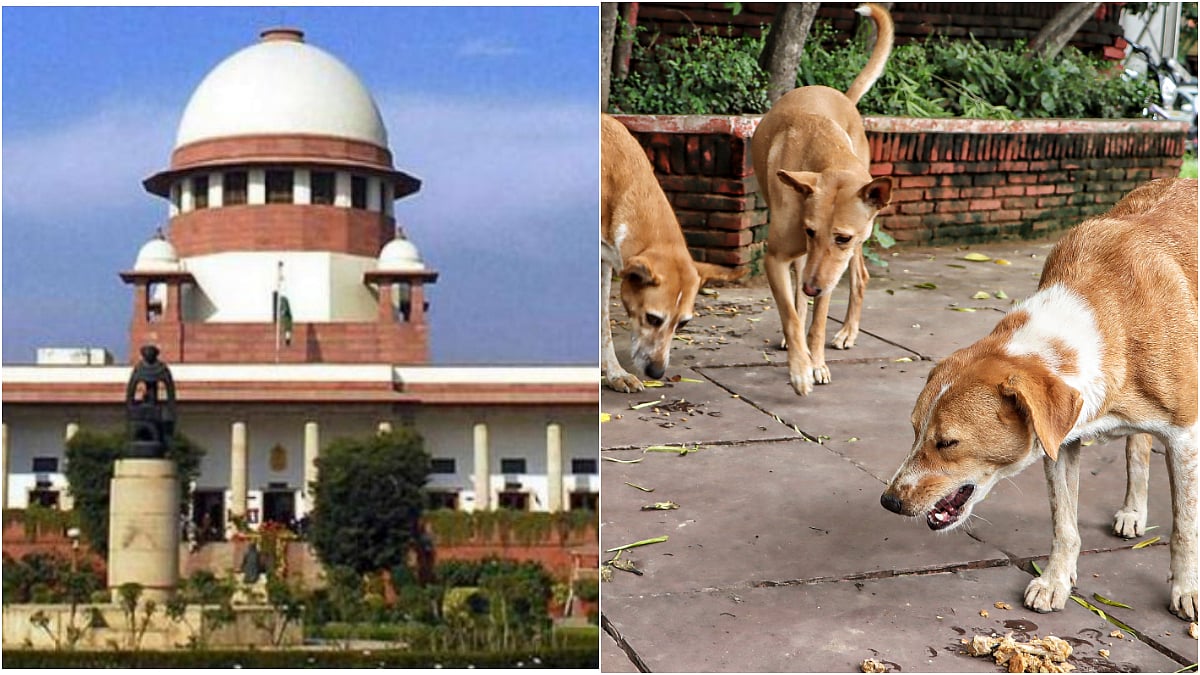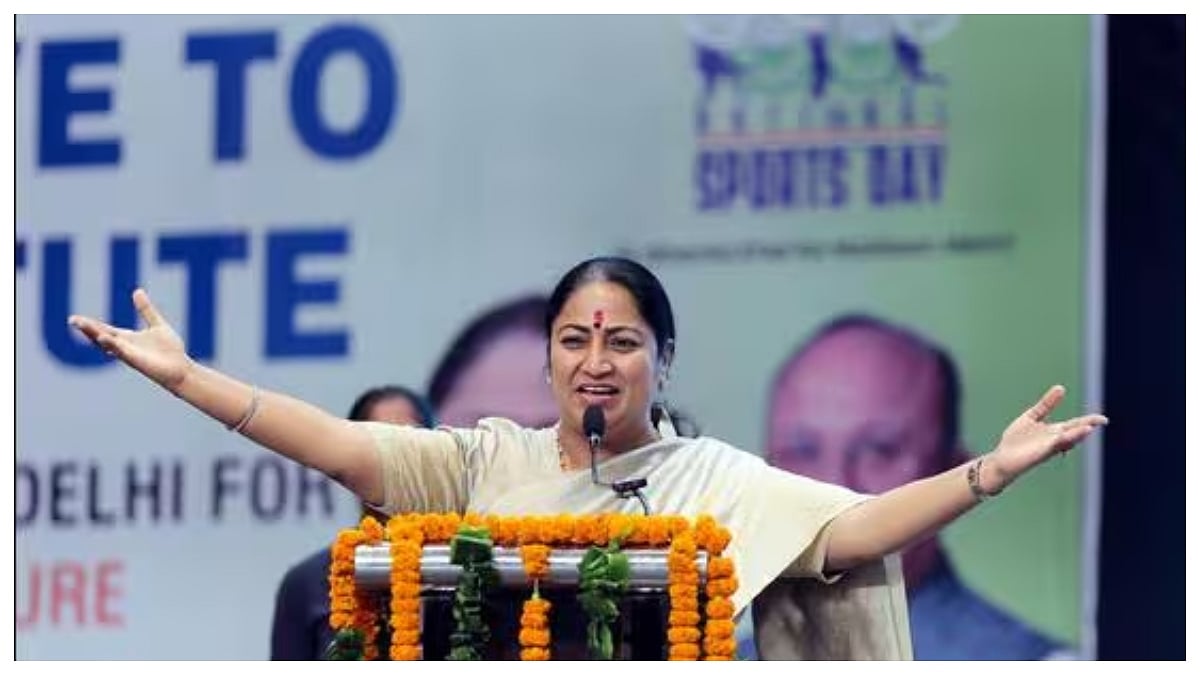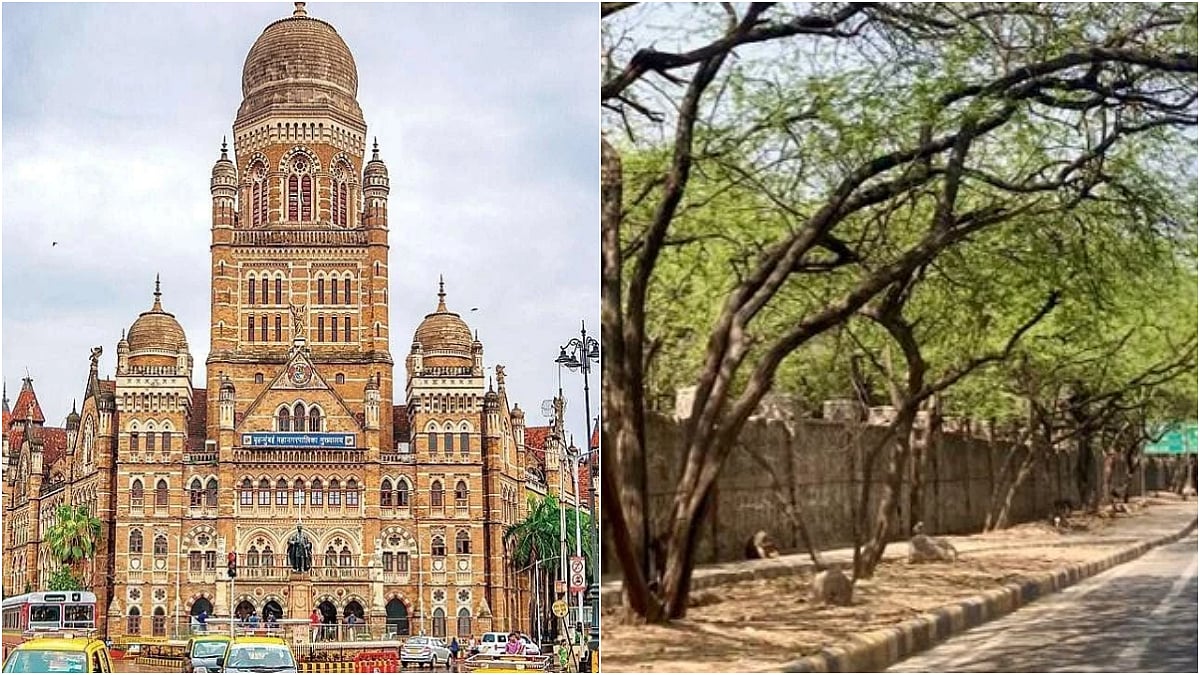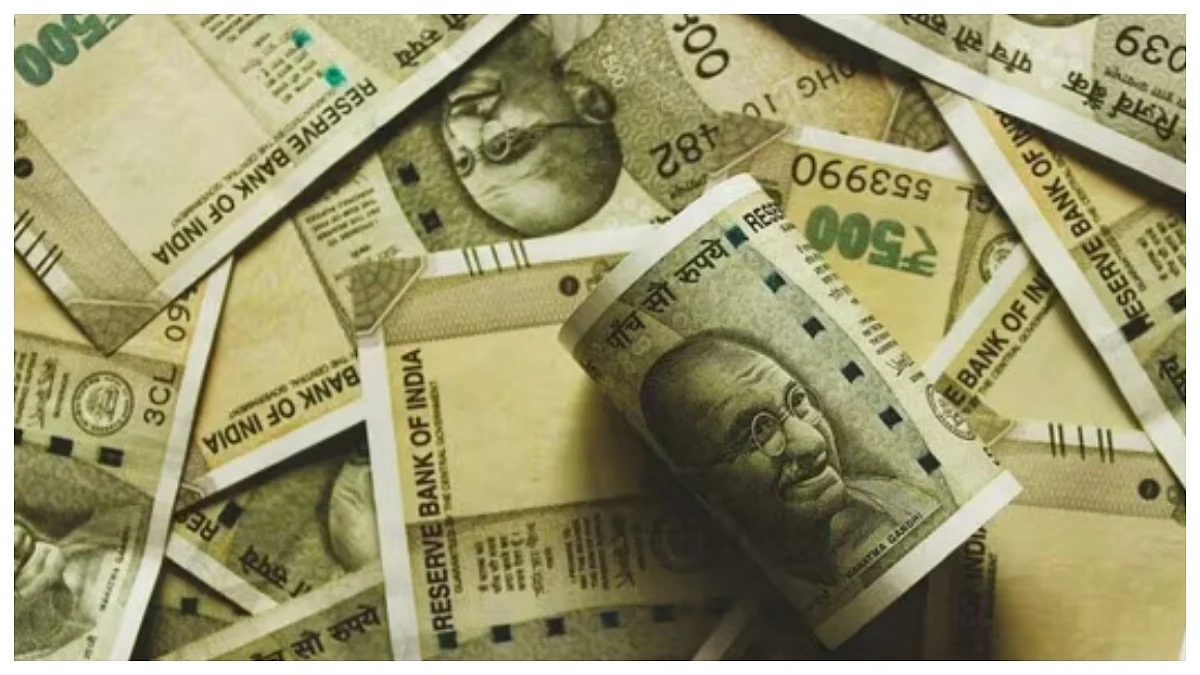The upcoming 45th GST Council Meeting on Friday (September 17) could not have been scheduled for a more opportune time. The first in-person GST Council meeting since the pandemic hit with its venue at Lucknow, the expectations for this meeting are running high.
Signifying a slow movement towards restoring the normal, a lot of stakeholders are pegging their hopes on the outcome of the discourse around this meeting.
While the last few GST Council meetings have been aimed at mitigating the effects of the pandemic, there is a prospect that this particular meeting will prove to be much wider in its scope of discussion incorporating both - the tax implications to be dealt with of an ongoing pandemic as well as other areas of consumer lifestyle where taxation plays an important role.
One such field that has been signaling for an intervention is the Oil and Gas sector. Except for residents of Andaman and Nicobar Islands, an average Indian spends Rs 100 for just a litre of petrol. With import dependency hovering at 85 percent, immediate short-term relief for consumers seems unlikely – unless US shale assets start producing at 2011 levels and send oil prices tumbling.
Govt in a tough spot
With the twin challenge of rising imports and spiraling costs, the government stands in a tough spot. Guardians of a welfare economy, our policymakers cannot reduce public expenditure; simultaneously, fuel continues to contribute significantly to the government’s already limited avenues of income. Yet, for a country like India, continuing to import 85 percent crude – when there is expected stress on public expenditure and global markets are severely volatile – spells doom.
Today, the only way to reduce crude import dependency and relieve the exchequer is to augment domestic production. For the exploration industry, any such process is time-consuming, and this is visible in India’s diminishing year-on-year decadal domestic output.
Recognizing this lag, the government has introduced forward-thinking policies such as HELP and OALP. Yet, production from new blocks is staggered. For immediate relief, production from old and ageing blocks, that form 90 percent of India’s production landscape, must be augmented. These old blocks also continue to suffer from a bygone tax regime while struggling with limitations intrinsic to ageing resources. Further, in India domestic players bear the triple burden of royalty, cess and profit petroleum at a cumulative 69 percent of their income.
Tax on fuel constricts biz potential
Domestic oil and gas players have long been demanding relief in tax burden as it is constricting business potential. However, income from this sector contributes significantly to the government exchequer and no middle-ground has yet been reached. Yet, such a possibility could be imminent now.
The GST system has brought some evident benefits to India’s otherwise unorganized tax regime. It has most importantly reigned investor confidence – a critical need for the Oil and Gas sector today. While currently crude oil and natural gas are beyond the purview of the GST system, deliberations to revisit the status are gradually picking pace.
Several reconsiderations are necessary as the highest GST slab of 28 percent is significantly less than the 69 percent that oil and gas businesses are paying today. It is hoped that the cesses would be subsumed and there would not be any blocking of credits on inputs which certainly lead to tax cascading.
Reduce tax burden, incentivise producers
In reducing the tax burden, the goal is to incentivise producers to augment technologies and improve extraction from existing fields. To facilitate this, the government can charge an additional cess above the capped rate to plug revenue loss till a decided timeline. Simultaneously, the government can bring compulsory provisions for oil and gas companies to utilise the income saved from tax towards deploying technology and augmenting production through reasonable pre-decided targets.
This move to relieve and incentivise can spread a positive message across the sector, further improving investor sentiment and confidence.
Though the government will have to forgo some immediate revenue, the incentive towards investing in technology will usher long-term benefits in improved domestic output and curtailed import bill.
Innovation, key to India's oil industry
Innovation will drive the future of India’s oil industry. Parallelly, a uniform tax structure with incentives towards technology upgradation that can improve productivity will be welcomed across sectors. As the third-largest importer of crude, India shouldn’t be spending $100 billion on just crude imports. Simultaneously, as customers are forced to pay Rs 100 a litre for petroleum products, the pressure on the economy is compounded. A simplified tax structure like GST could be a positive push for this ailing sector that sustains our thriving economy.
Simplified tax structure need of the hour
Eventually, the adoption of GST implications for the Oil and Gas sector will be the harbinger of an era free from import dependency in these fields.
A taxation regime not only serves as a revenue resource for the Government but also encourages taxation policies for the growth of domestic industries. In the end, no one expects the Government to conclusively reach the decision regarding the sector in Friday’s Council meeting but the industry professionals as well as the consumers will be watching with their eyes peeled expecting simplification, uniformity and incentivisation for the Oil and Gas sector too.









